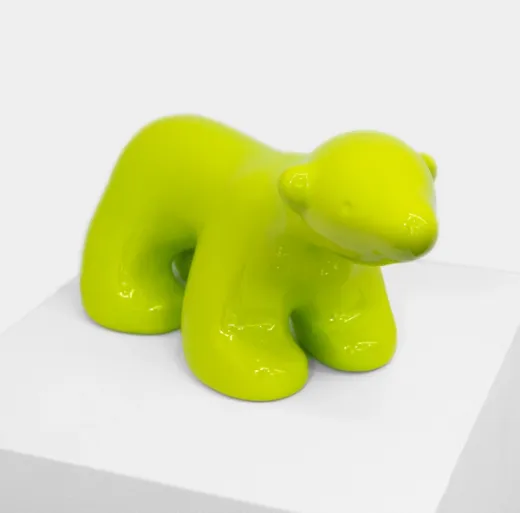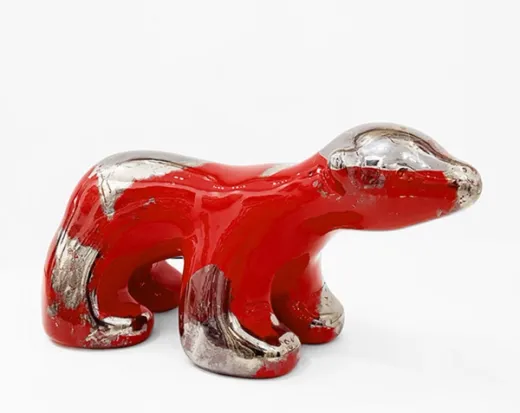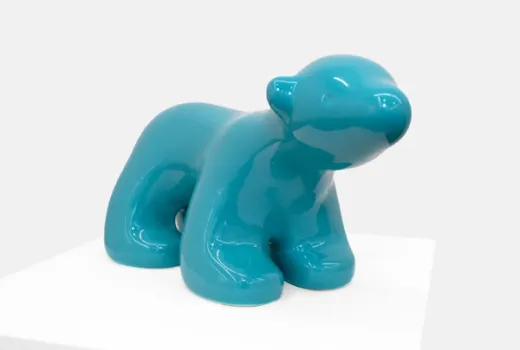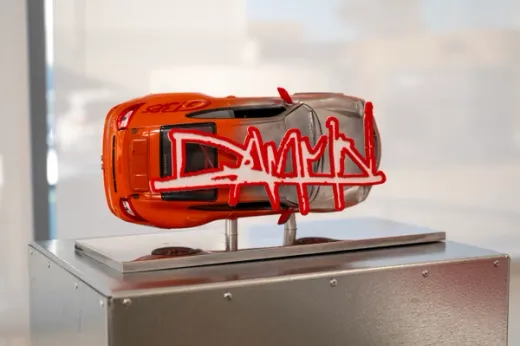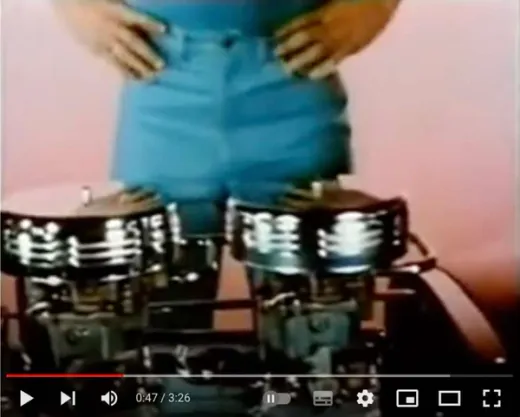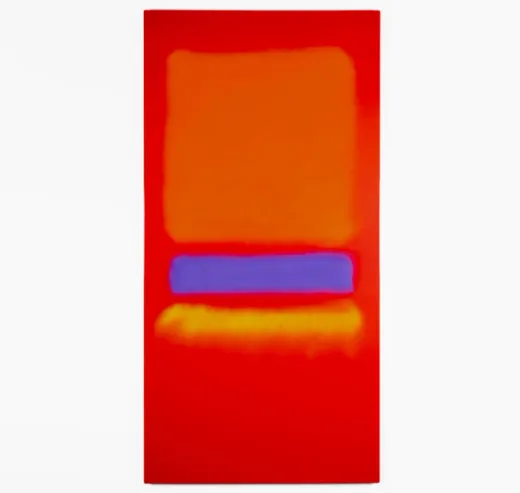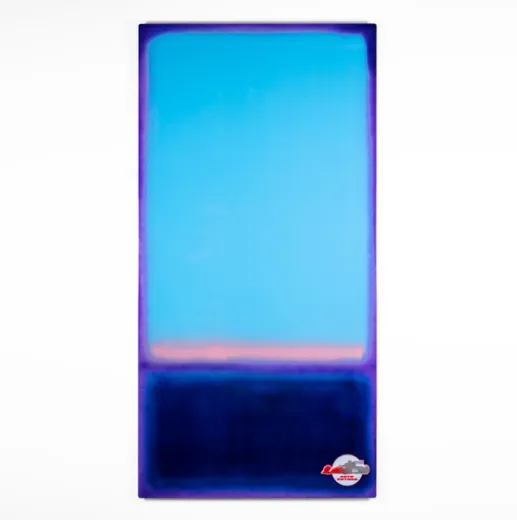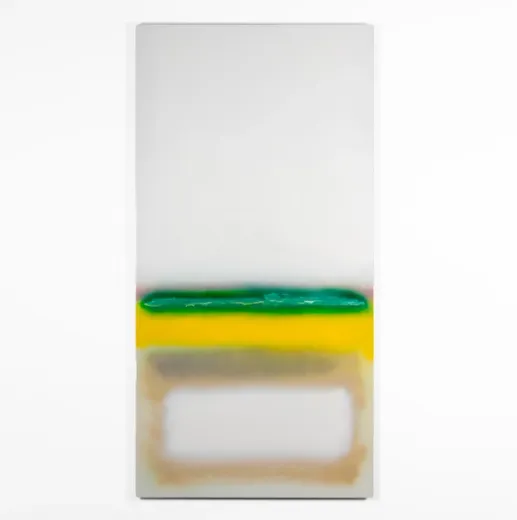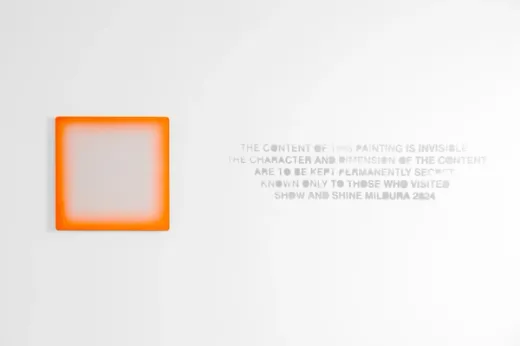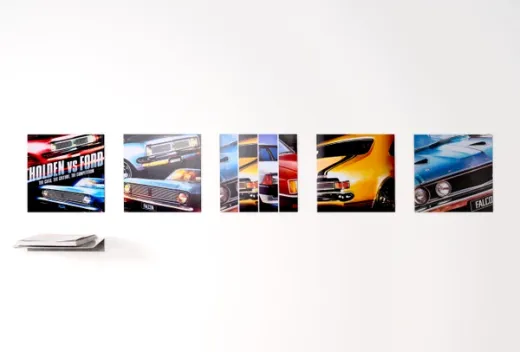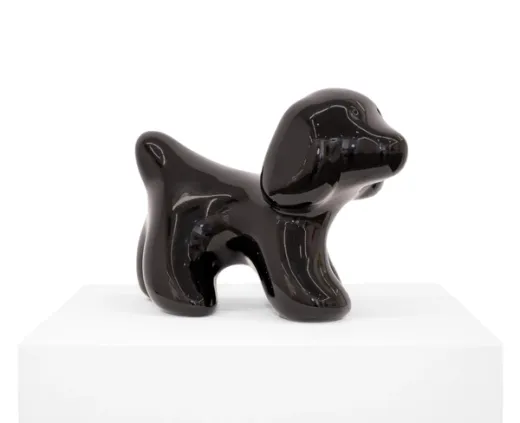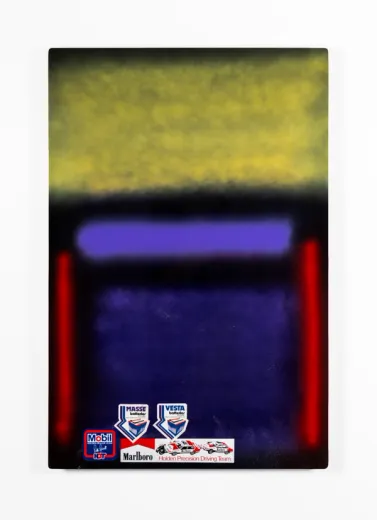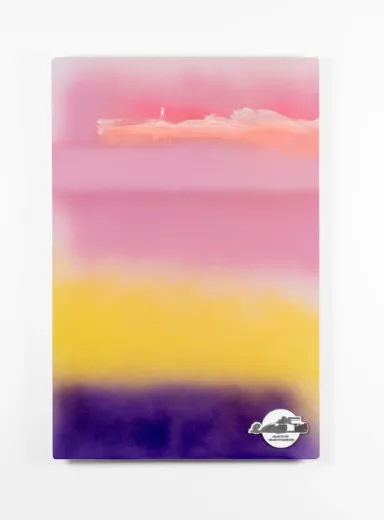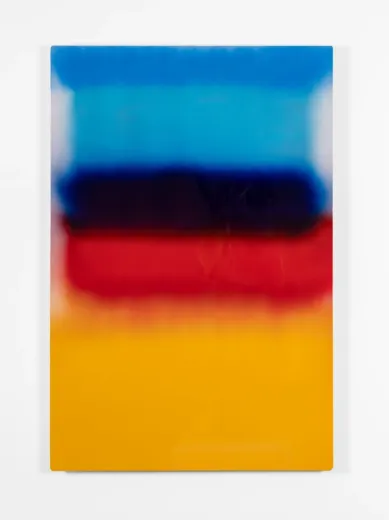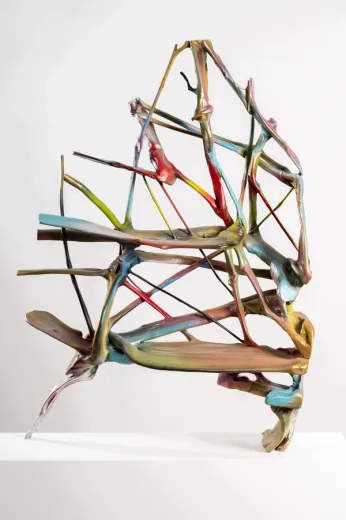28 March–3 May 2024
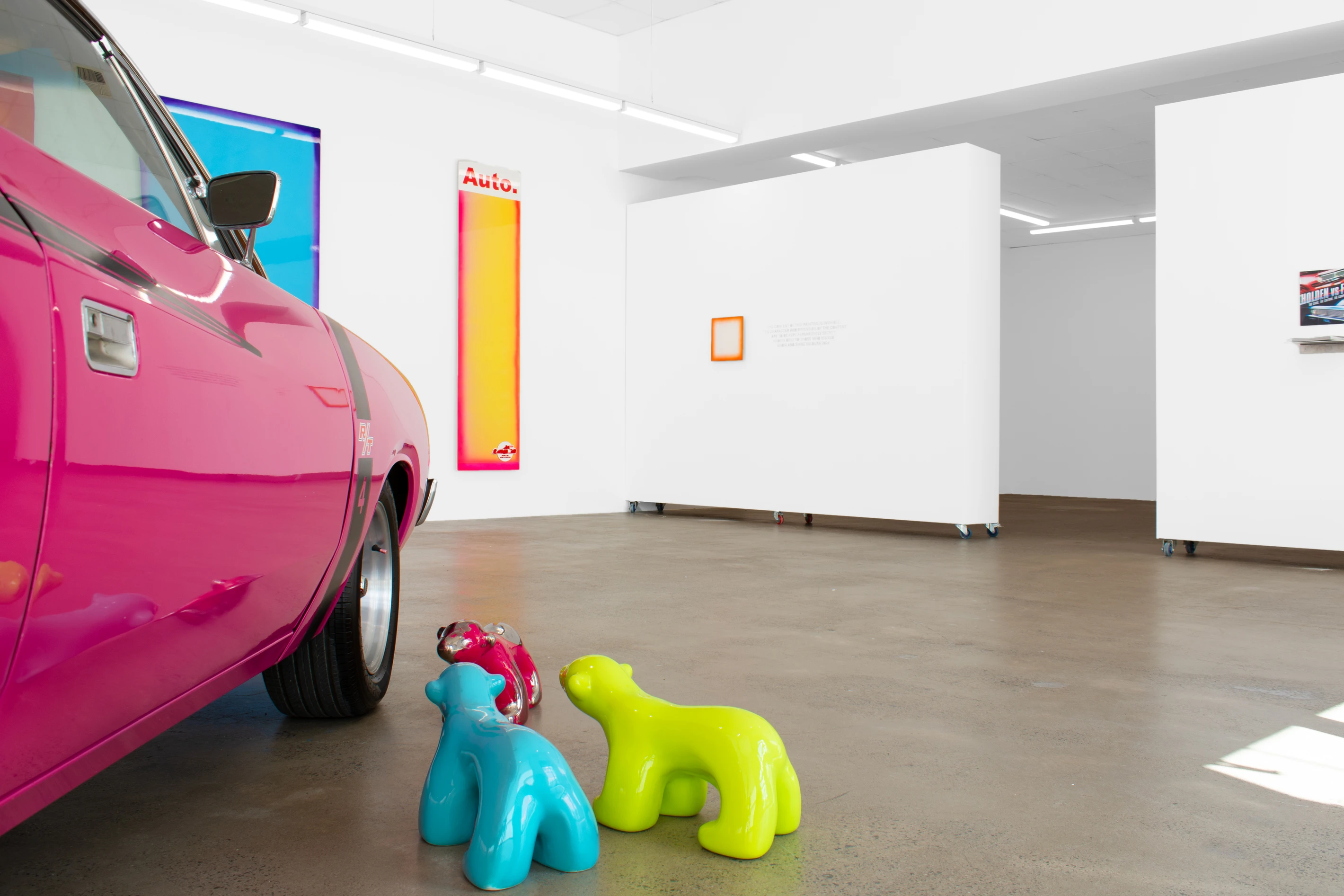
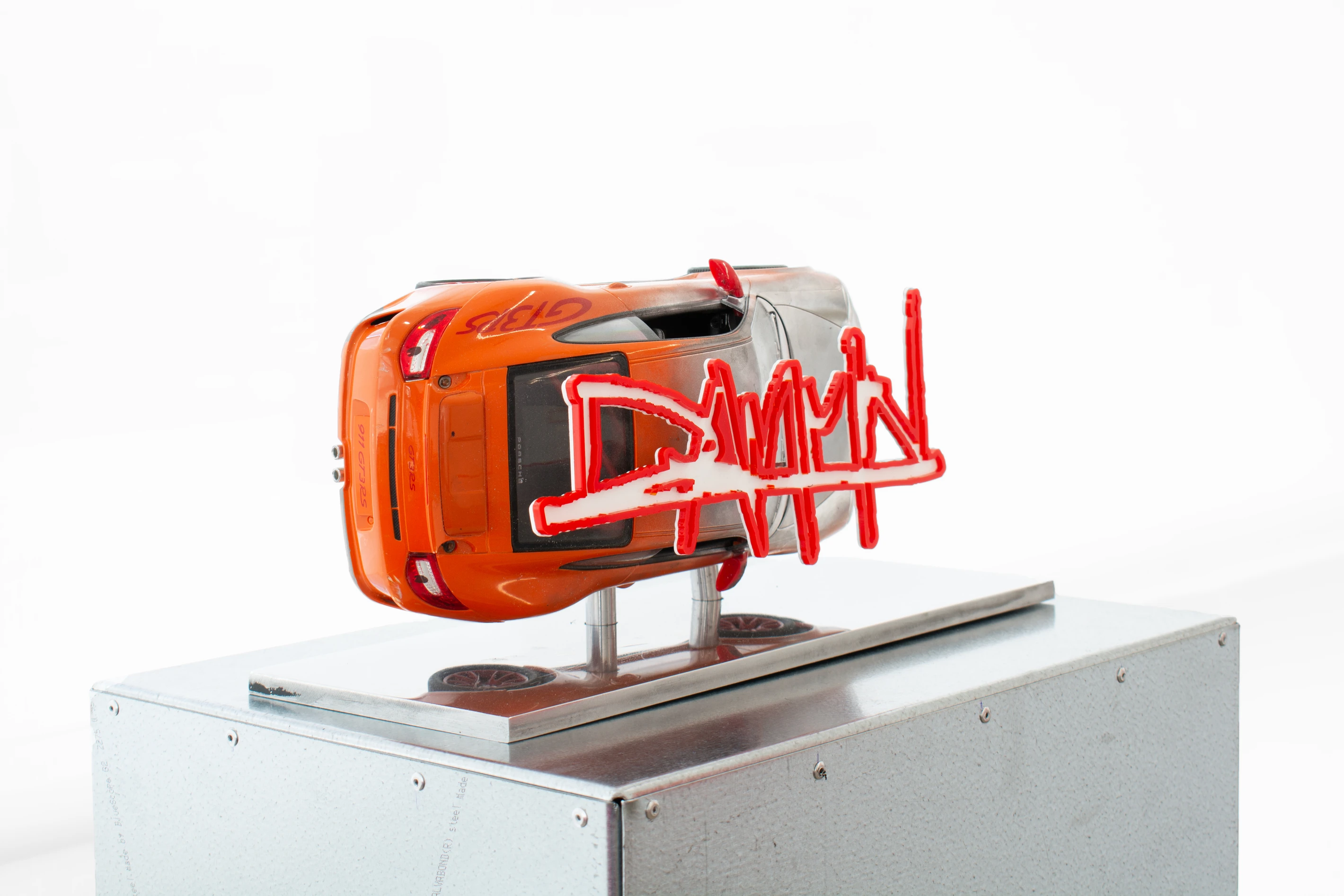
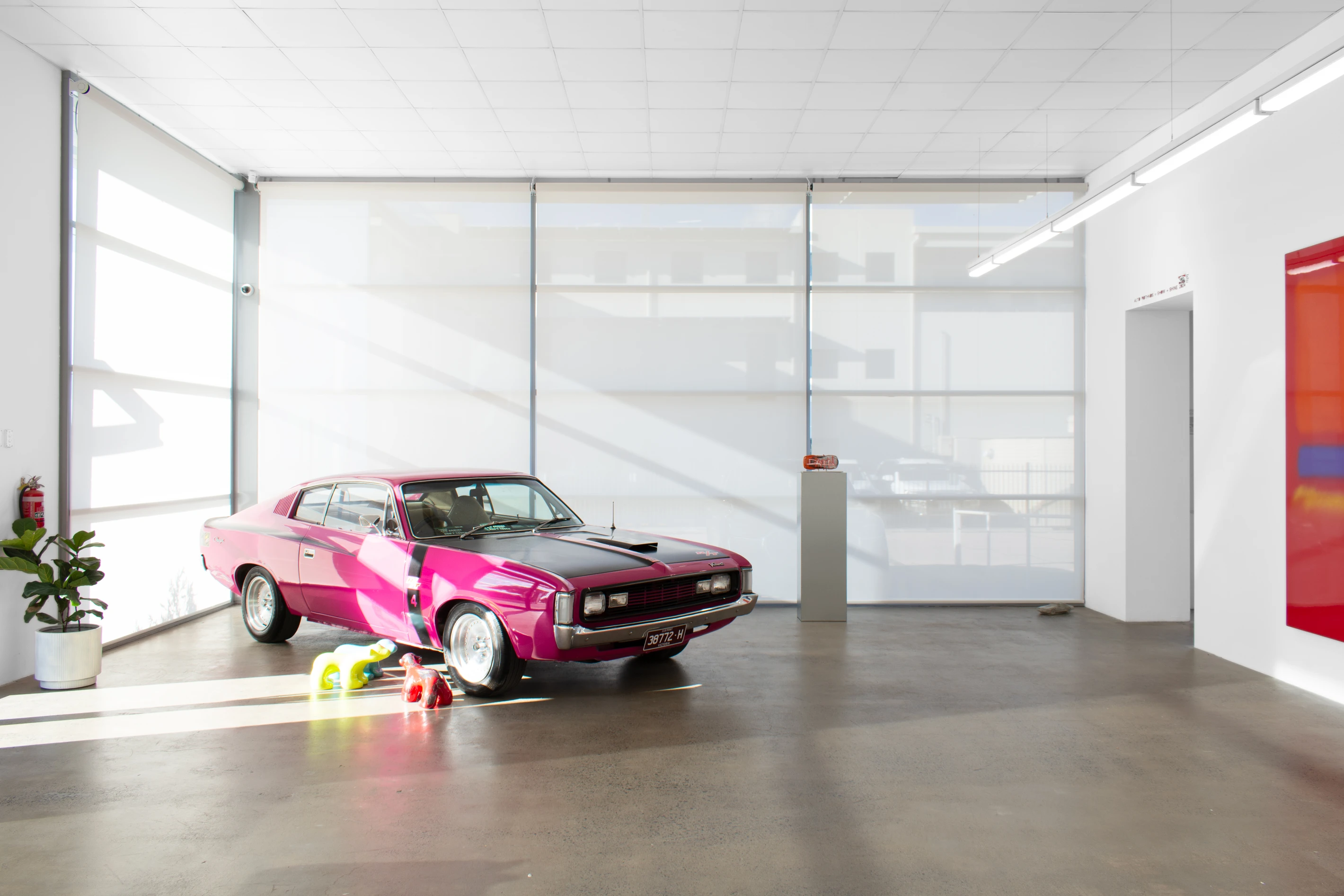
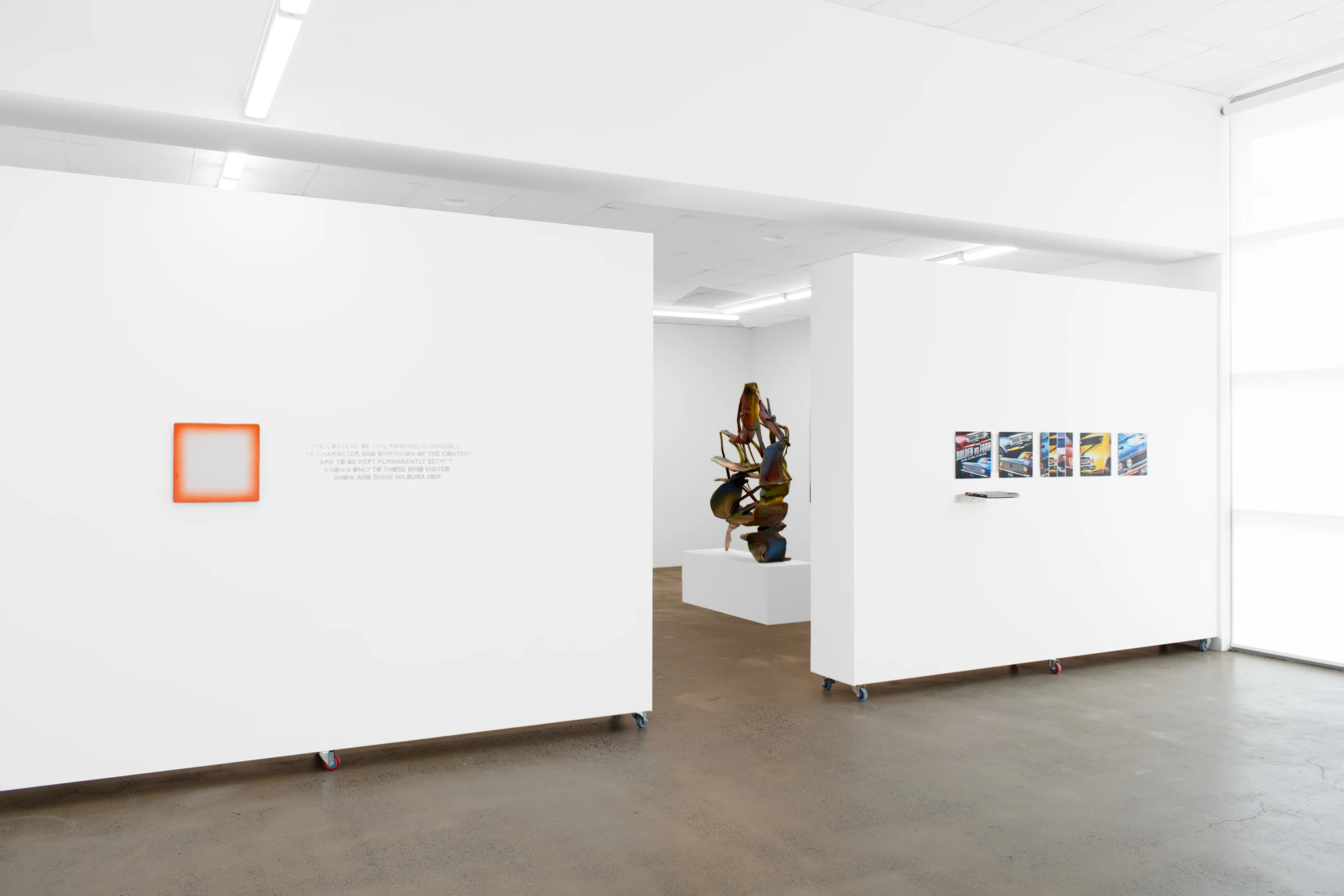
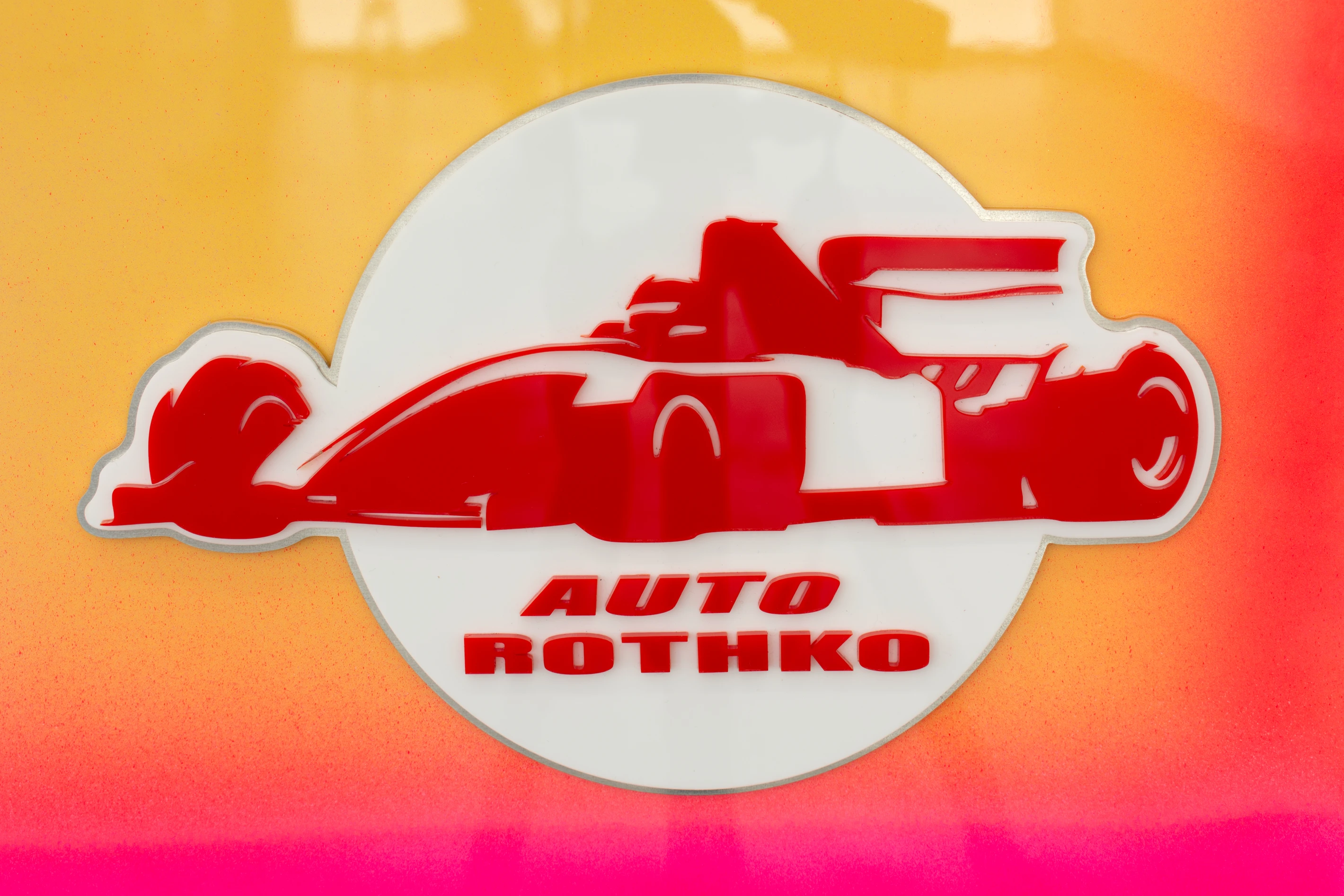
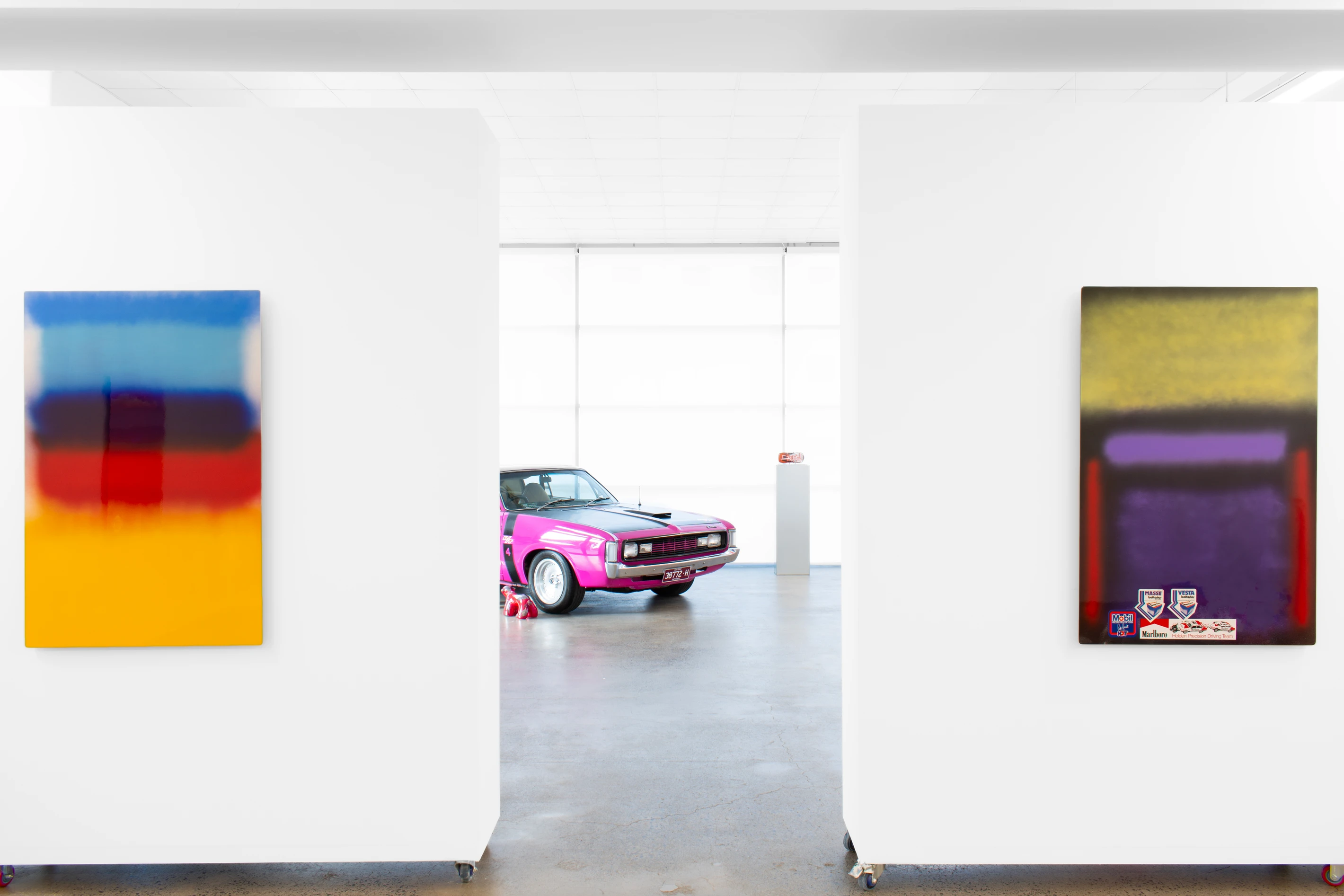
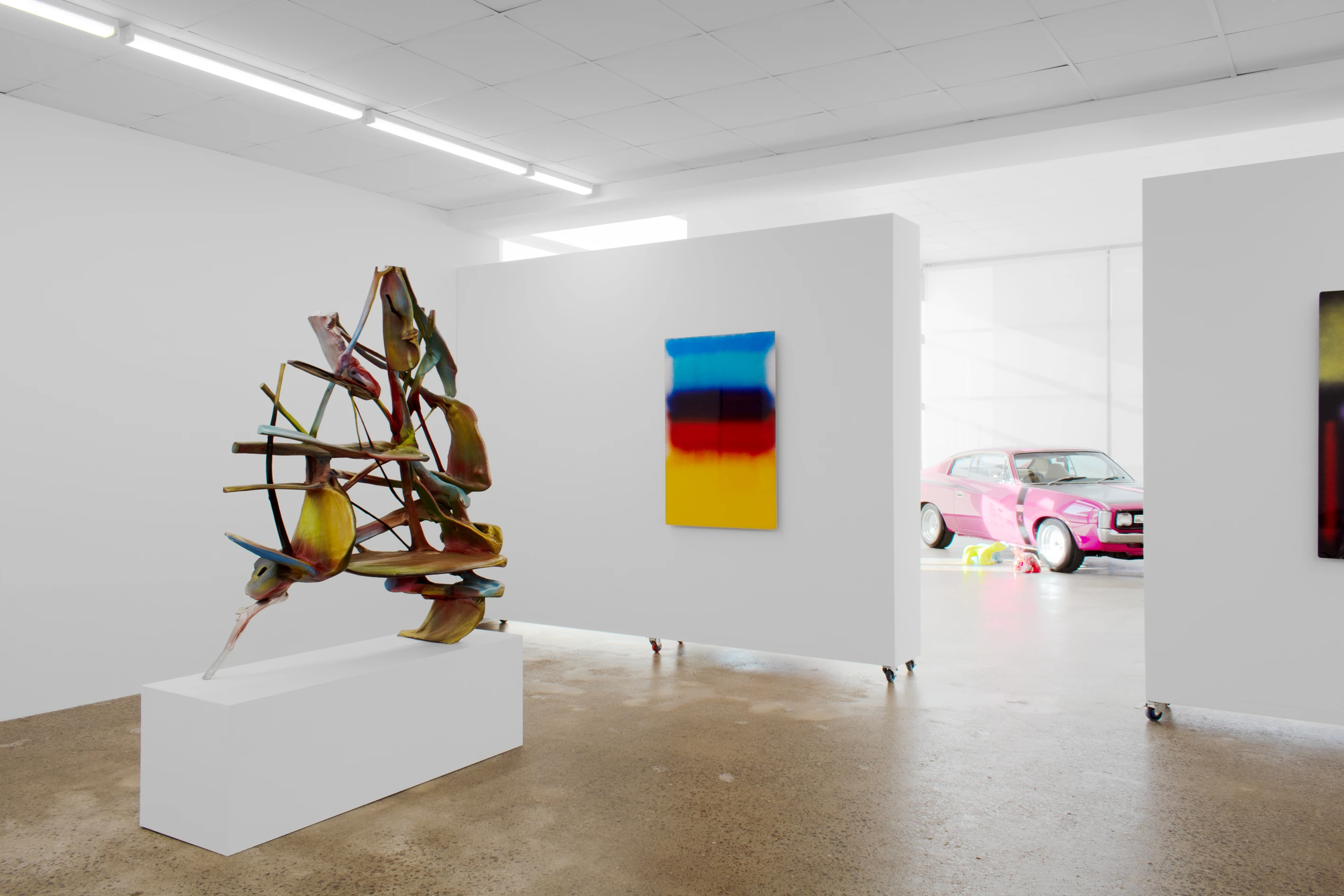
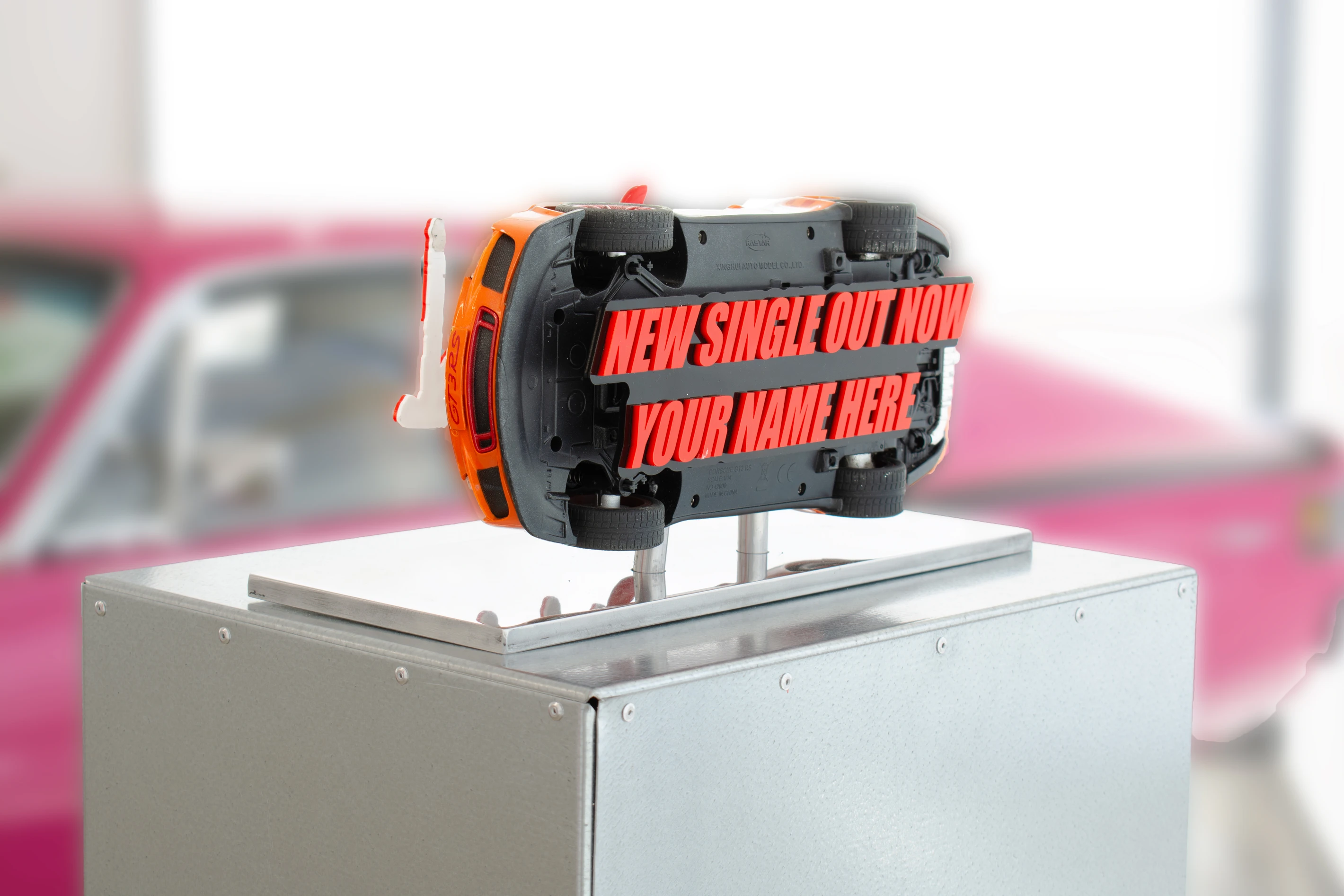

Auto Rothkos – Jeremy Eaton interviews Scott Redford, March 2024
Jeremy Eaton is a Naarm/Melbourne based artist, writer, curator, and managing editor of Art + Australia, University of Melbourne.
Jeremy Eaton (JE): In recent years you started to exhibit again after a sustained absence from the gallery circuit. Last year you showed with NAP at SPRING1883 (2023), exhibited some work from the 90s at Guzzler alongside a new video (2021). You also had your Iso Painting give away at GOMA (2023). What has prompted the desire to exhibit again?
Scott Redford (SR): Good question. I suppose I’m just used to making work. I enjoy it but I must be honest I am not enjoying the “high production value” stresses of this type of fabricated work like I used to. The money stress is extreme and always was. It’s one of the reasons I stopped making in Australia. I was loss leading for decades...
BUT you see I didn’t stop really. I did my whole Berlin Project BURNRATE during my time away from Australian contemporary art.
https://www.burnrate-berlin.com/
Also, I made the Iso Paintings during the COVID isolation period which wasn’t as severe in Brisbane as Melb for example. I really enjoyed proper painting again with the Iso Paintings. I began as a painter, a figurative painter. I think I’ll just go back to such painting as the money stress is less. Australian contemporary art likes to think it can support international level work but it actually can’t.
I decided to give away the 1000 Iso Paintings as we were stressed at the cost of storage and also the concept of “free” is powerful and places one in a different “space” for art. You can never stop learning. Guzzler were just nice guys and Lyell said: ‘You have to exhibit in a gallery with a dirt floor!’
JE: Its funny you bring up both BURNRATE and the economic limitations of Australian contemporary art. BURNRATE as stated on the website is ‘AN ECONOMIC TERM FOR NEGATIVE CASH FLOW.’ (Direct correlation?). Did BURNRATE give you an opportunity to break out of some of the limitations of Australian art?
SR: Ha! Well, BURNRATE did just run out of money. I am a very bad businessperson, and I also didn’t realise that half your budget should be PR. Also, we were already into BURNRATE when we realised it should have been a magazine. Australia just doesn’t understand how it works OS. Magazines loss lead but give enormous cred. Australia has no real magazine comparable to Parkett or Artforum. We had Art&Text and it did well in LA but was allowed to end. Australia always thinks Venice is a silver bullet but Venice is only one part of the equation.
Berlin has a very poor market but its where many artists choose to live so it is important. Mentally it’s far more open than Australia and it’s in the centre of Europe. There’s no comparison at all. If you have two lives spend the second one in Australia as D.H.Lawrence said.
JE: Prior to your hiatus from Australian contemporary art you had an established practice, and I can see conceptual and material resonances between your past work and Auto Rothkos, perhaps with some references I haven’t seen in your work before. Has the approach to your work changed at all over the course of this ten-year hiatus?
SR: No, the Auto Paintings are just the Surf Paintings made in another sub cultural milieu. They all relate to the Finish Fetish art from LA in the 60s. I liked the correlation between how the Gold Coast (GC) was regarded by Sydney/ Melbourne (actually it was abjected) and how LA was treated the same by NY at the time. It was the same bigotry which I played up on. Abjection is a powerful tool.
JE: Could you unpack what you mean by LA/Gold Coast were ‘abjected’ and is this still the case?
SR: https://holtsmithsonfoundation.org/east-coastwest-coast
I always think of East Coast/West Coast (1969), a film by Holt and Smithson in which the artists play the parts of ‘New York Conceptual artist’ and ‘West Coast’ free spirit, respectively. ‘Conceptual art is bunk’ quips Smithson at one point, convincingly playing the part of a naive drifter artist, while Holt challenges him, ‘If you can’t accept resistance... then maybe you should go back to LA.’ It’s a rare glimpse at a more casual, comedic side of these two pioneering artists, while poking fun at myriad art world stereotypes.
People don’t know just how LA was looked down upon by NY in the 60s and 70s. Only in the 80s onwards was LA art given its due, when it started to become a source of real collector dollars. The Gold Coast was famously the butt of jokes for many decades until it became Australia’s sixth biggest city in the 90s and its identity changed somewhat. I knew there was power in being abjected. Your identity was already written for you.
JE: When you say that the Auto Paintings refer to ‘another sub cultural milieu’, aside from Finish Fetish are you talking about revheads instead of your usual quotation of surfing? Finish Fetish was very much associated with LA car culture and industry. Does it correlate with a car culture you’ve experienced on the Gold Coast?
SR: People don’t know it, but the biggest profits in collector fields are vintage cars. Apparently, they outperform fine art, gold and real estate. Those guys have so much money to spend. Richard Prince hooked into this. He gives them back what they already love, but he gives it back to them as very expensive fine art. It’s a fascinating equation going on.
GC didn’t have a car culture as we know it. I was into looking at, but not participating in, surf culture but due to my understanding of art I saw a correlation.
JE: I believe you’re going to have a car in the show? Like Prince, are you hooking into the vintage car market?
SR: I wish!! I love all those art cars that are around. All sorts of people did them with BMW: Koons, Lichtenstein, Jenny Holzer, Warhol, Rauschenberg et al.
https://www.bmw.com/en/design/history-of-the-bmw-art-cars.html
I have also made the first maquette for an outdoor sculpture using a real car. At present its a Reinhardt Dammn work but I would love for some rich car dude to commission one and I would do whatever wording he wanted. Again, it’s this other world of aesthetics that I am attracted to.
In the 70s there is a whole lineage of the use of whole cars or large car parts in art: Arman, Wolf Vostell, Ant Farm and now Irwin Wurm, Cai Guo-Qiang and many others.
JUST SHOW ME THE F’ING MONEY!!!
JE: The regional (Gold Coast) vs. Melbourne, New York vs. LA Finish Fetish Style also extends to Holden vs Ford in the exhibition. Can you talk a bit about how it plays out in the show?
SR: It’s only a small “sketch” the Holden vs Ford work. I just steal images from the book on the subject by Steve Bedwell. But it became real when Riley who is co-director of NAP told me his family had both the Holden and Ford dealerships in Mildura. It’s a small world. These comparisons/supposed rivalries....Oasis vs Blur...Rolling Stones vs Beatles...Monaro vs Charger...create energy in culture. They are essential really.
JE: These clashes have always run through your work, it’s what gives it energy! I was reading an interview you did with Robert Schubert from the 90s where you describe yourself as a ‘regional postmodernist’. Now that almost everything has been flattened into the contemporary, terms like postmodernism almost seem antiquated. Does this label still stick?
SR: Well, I can’t change what made me, which was Postmodernism. Me and my friends didn’t suddenly become Postmodernists because it was in magazines, which is what conservative critics at the time said. We were Postmodernists as we were formed by David Bowie and Roxy Music and the whole ‘revolt into style’ of the 1970s. The From Glitter to Punk lineage... and then Synth Britannia/Kraftwerk, Synth Pop and the new Romantics. We realised we were into style and attitude and Retro Futurism when we were at High School and then suddenly this attitude had a name Postmodernism.
In BURNRATE we styled our store as an 80s retro shop and an Art Project. Our art works were Post Internet often as Glenn Geffken my collaborator was twenty years younger and into that. Our “bible” was the V&A catalogue of Postmodernism with Grace Jones on the cover. We saw a direct correlation between Post-Internet styling and PoMO.
JE: What was it that you found in the connections between PoMo and Post Internet? Did this relation and the work you were doing cut through the progressive movement-less flattening of contemporary art?
SR: Well for Glenn initially it was the styling that seemed so similar. The “floating” Greek columns and classical heads; the graphic details just put out of the usual context. Random images from ads etc. It’s always the visual that hooks in first as really that’s subliminal, critics and academics don’t realise this, but creatives do. It’s a feel first.
PoMO is really post-structuralism whereby things are taken out of the usual “structure” of traditional value systems. We felt Post-Internet did this to. It has been short lived so far but its underrated. Contemporary art is itself a “movement” and will one day be seen as a distinct style like Art Deco. BUT importantly it will end; this is ignored by the mainstream as all they see is an endless NEW which actually is shockingly homogenous. Subcultures save us from this.
JE: You repeatedly draw in gay erotics or subcultures, the regional idioms (subcultures?) of Surfers Paradise and triangulate them with modernism (whether it’s abstract expressionism or minimalism). These touch points appear again in Auto Rothkos and I’m curious how the connections emerged between Rothko, the quotation of your own Surf Paintings and the auto-eroticism of Kenneth Anger in this body of work?
SR: Well, I made Surf Paintings with surf fades as are commonly used in surfboard art and people said they were like Rothkos so I just extended the aesthetic into auto paint and metal rather than foam and resin. The video by Kenneth Anger titled Kustom Kar Kommandos is very (homo) erotic... or is it just erotic? It’s the classic of the ethos. It’s Finish Fetish to the max!
JE: Ha! Initially I though the references seemed wildly disparate, but receiving your responses I’m getting some sense of the logic... I think on the surface their combination could be seen as PoMo or Post Internet stylings, but in your hands creates a charge that’s hard to put a finger on. Is it libidinal or is it something else? How do you identify when it’s working and when it’s not?
SR: I just do what I feel is right. It’s about feel and the object. Hard to explain but if you have to “explain” style then you’ve lost it...and maybe never had it.
JE: Touché! With the question I was trying to get a sense of your process, if you dabble in a range of references and see what sticks or if you just follow what you like and connections simply emerge by virtue of it being what you’re interested in?
SR: It’s like the moment when you realise why your Goggle Image feed or your Insta feed or Pinterest feels good. You realise that it’s been tailored individually for you by your past preferences. It’s both scary and comforting at the same time.
JE: I suppose one aspect of the show we haven’t really touched on is Rothko. He seems like a bit of an outlier and could be seen as merely a visual quotation. I tend to associate him with an earnest metaphysical, even tortured modernism. Whilst his surfaces are often matte and create the illusion of depth or voids through fields of colour, your resin surfaces reflect back the viewer. There’s a different attention to surface that, like Anger’s film is more about desire and fetishism. It may be a bit far flung but trying to unpack your engagement with Rothko, are you rerouting the metaphysical quality of his work from the spiritual into an industrial-erotic?
SR: Yes.
JE: So, you’re abjecting Rothko? Like Holden vs. Ford is it Rothko vs. Anger?
SR: No, I love Rothko like everyone else does. In my value system I see no difference, that’s all. Of course I would equate the two. Because one is high art, and one is subcultural. People WANT a difference where I see none at all.
JE: In the exhibition ad you state this is an ‘homage to Kenneth Anger’. Could you talk a bit about homage in your work? Is Kenneth your new River Phoenix, Keanu Reeves or Kurt Cobain?
SR: Well River, Keanu and Kurt were sexy. Anger himself wasn’t sexy BUT his work is. There’s a big difference. Anger is a producer whilst the three male stars are producers of sorts their main function in culture is as stars/ objects of desire/ mythical entities.
There is a differentiation.
JE: Kustom Kar Kommandos is positioned as a central touchpoint for the show. In Kommandos Anger emphasises surface, the colours are breathtaking, and it’s all wrapped up in an auto-fetishism as a twinky Sandy Trent buffs the car. What drew you to the film and what have you drawn from it for Auto Rothkos?
SR: Is Sandy twinky or twunky? In fact in the 60s they didn’t have twinks they were just jail bait. I think I would call Sandy Trent’s look preppie but Anger has dressed him all up in shiny baby blue. It’s Fetish Finish to the MAX...as life should be....or life as we would want it to always be.
Or as Richard Hamilton, the Grandfather of Pop would put it: Hers Is a Lush Situation.
